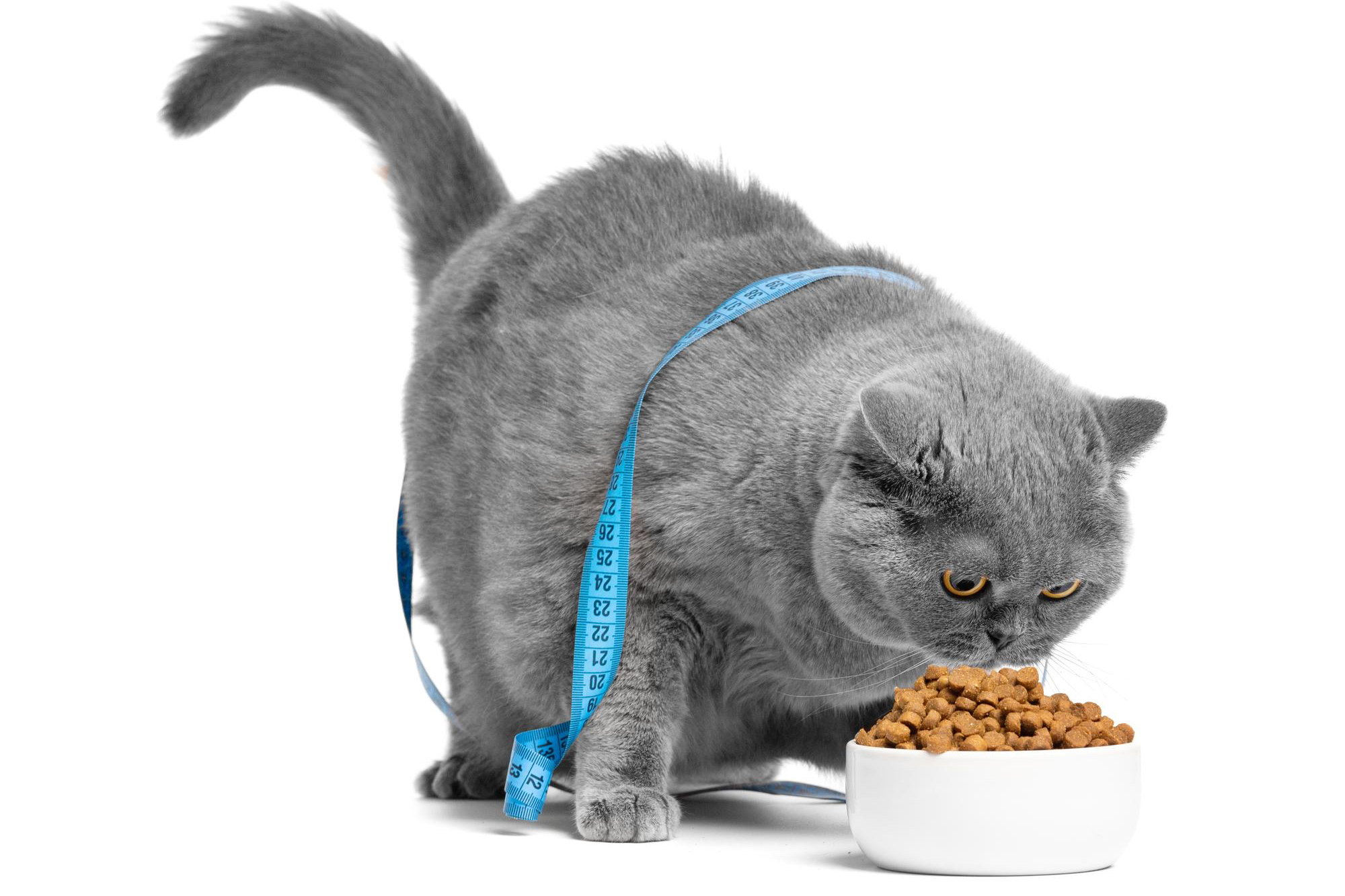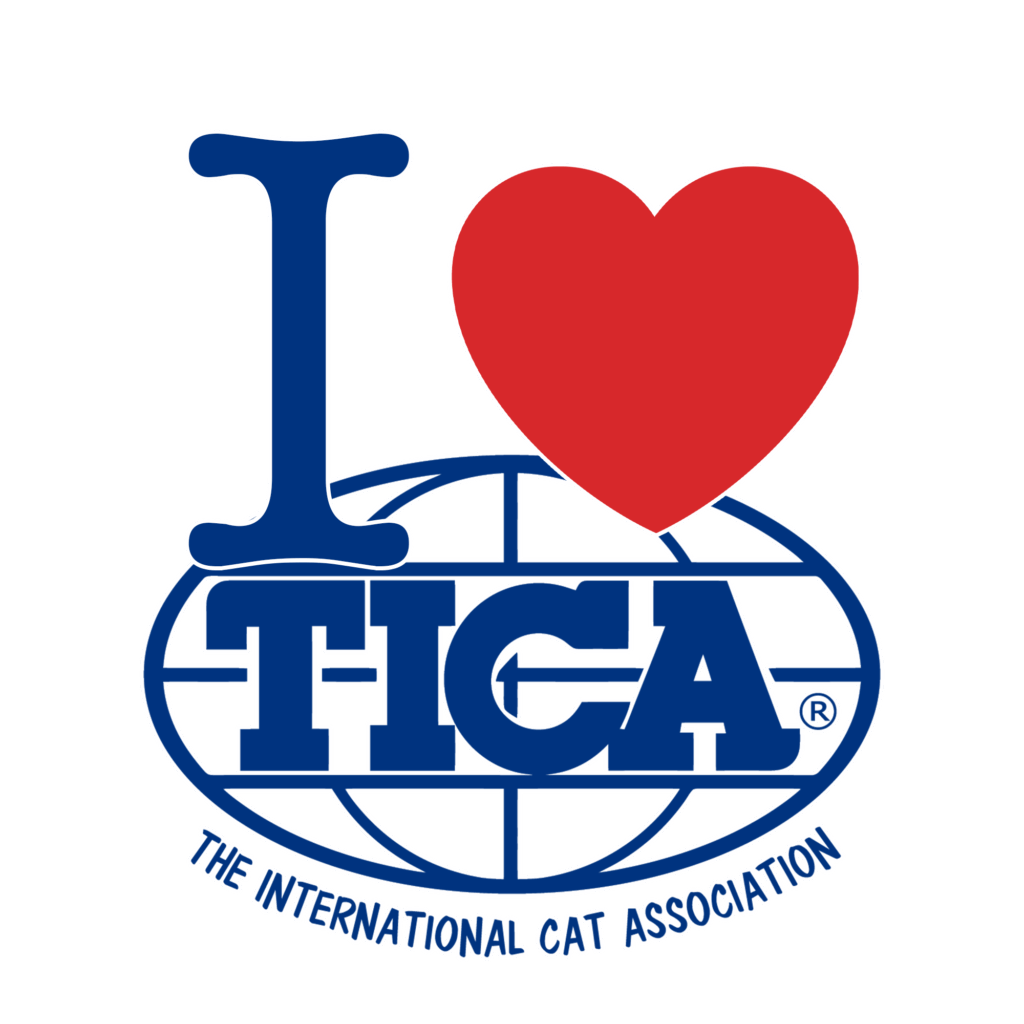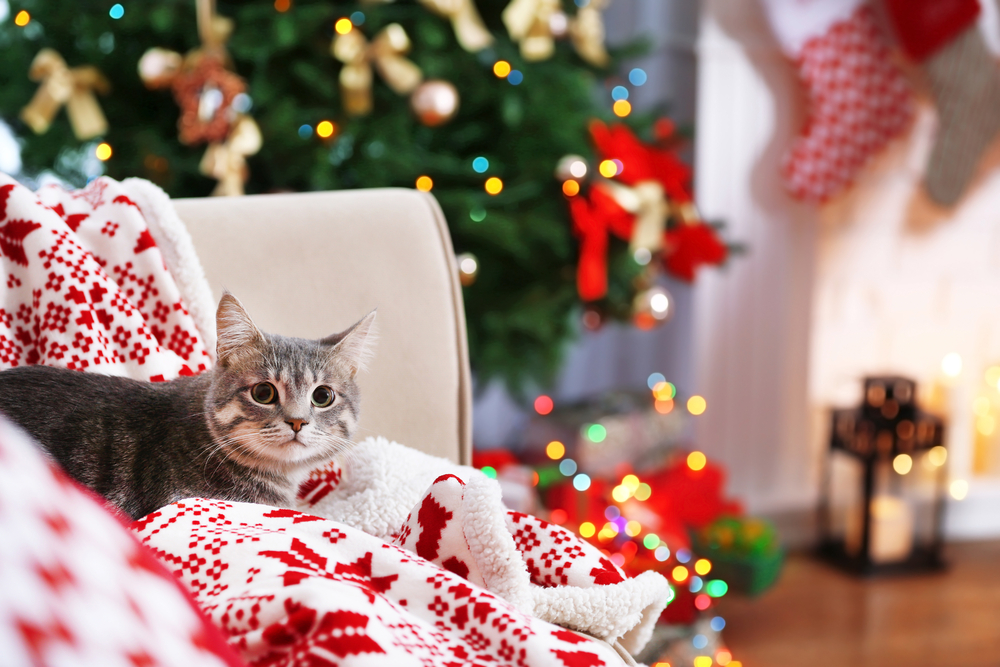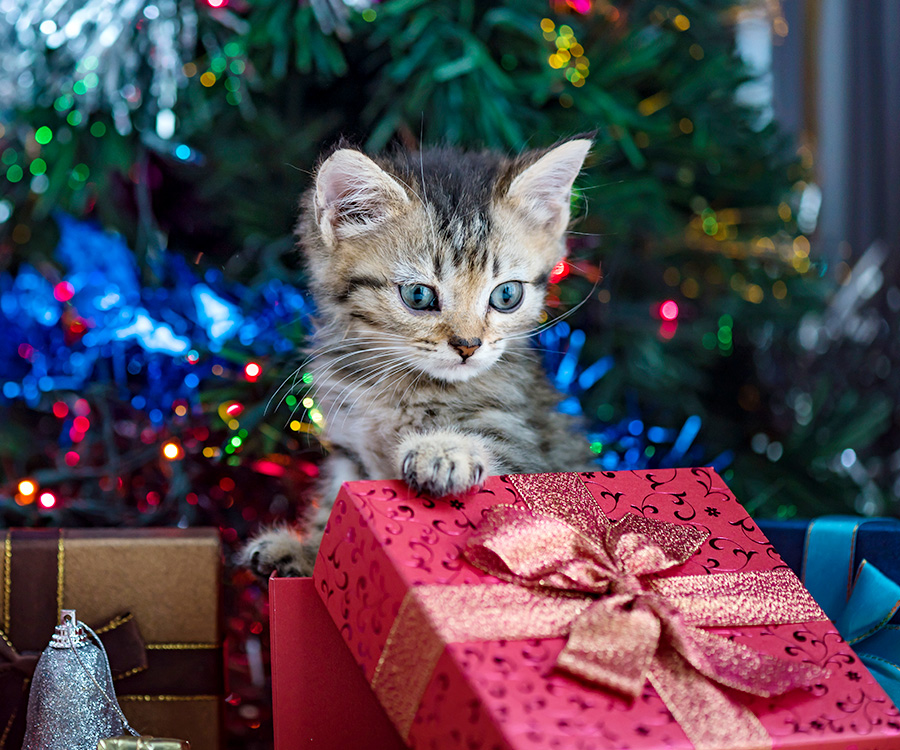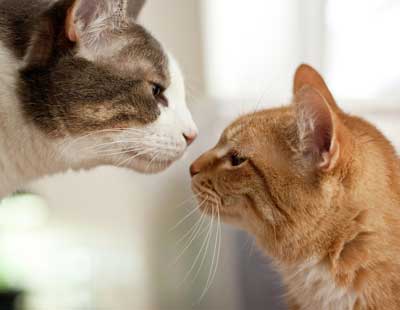Written by Ana Vlahovic
When it comes to feeding our feline companions, protein is the cornerstone of their diet. Unlike humans or even dogs, cats are obligate carnivores — their bodies are designed to thrive on nutrients that come primarily from animal protein. To understand why protein is so important and what makes it different for cats, we first need to look at what proteins are.
Amino Acids: The Essential Pieces of the Puzzle
Proteins are built from amino acids, the “building blocks of life.” Cats require twenty-two amino acids in total, but eleven are considered essential because cats cannot make them on their own and must obtain them directly from food.
Some of the most important for cats include:
- Taurine – crucial for heart function, vision, and reproduction. A deficiency can leads to blindness, heart disease, and developmental problems in kittens.
- Arginine – essential for removing ammonia from the body. Cats are so dependent on arginine that a single meal without it can cause life-threatening ammonia toxicity.
- Methionine and Cystine – sulfur-containing amino acids vital for healthy skin, a glossy coat, and metabolic processes.
- Lysine – important for immune defense, particularly in helping cats resist viral infections.
- Histidine – necessary for growth and hemoglobin production, making it especially important for kittens.
Without these amino acids, cats cannot thrive — and in some cases, survival itself becomes impossible. This strict dependency is one of the key reasons cats are classified as obligate carnivores.
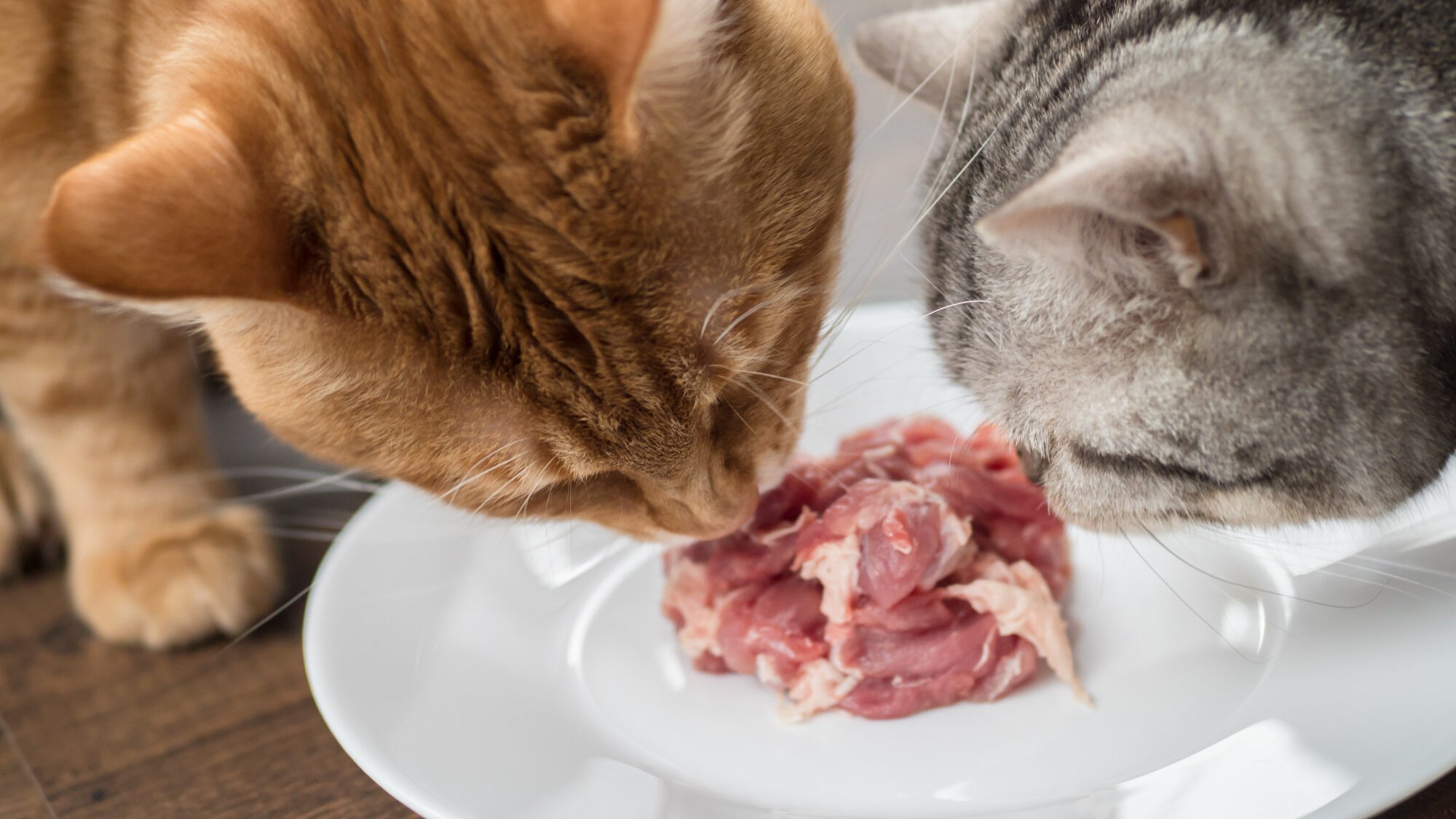
Why Cats Need Protein
For cats, protein is more than just one nutrient among many — it is their primary energy source. Unlike humans and dogs, who can use carbohydrates and fats to fuel daily activity, cats burn protein continuously. Their metabolism is permanently “switched on” to process amino acids, even when dietary protein is low.
This means cats rely on protein to:
- Build and maintain strong muscles
- Support skin health and a shiny coat
- Keep their immune systems strong
- Provide energy for everyday life
Unlike omnivores, cats cannot adjust their protein metabolism to save amino acids when intake is limited. Their bodies simply continue breaking down protein, which makes it critical that every meal provides high-quality, sufficient amounts.
Animal vs. Plant Proteins
Not all proteins are equal. Animal proteins — from meat, fish, and eggs — are superior for cats because they contain the full spectrum of essential amino acids in the right proportions. They are also highly digestible, meaning cats can absorb and use them effectively.
The best sources include:
- Chicken, turkey, and rabbit — lean, highly digestible meats
- Fish — protein-rich and a source of omega fatty acids (best in moderation)
- Beef and lamb — nutrient-dense red meats
- Eggs — a complete and highly bioavailable protein
Plant proteins, by contrast, are often incomplete. Ingredients like soy, peas, lentils, and grains may contain some protein, but they lack key amino acids such as taurine and arginine. Even when amino acids are present, they are less bioavailable, meaning cats absorb them poorly compared to animal proteins.
This is why vegetarian or vegan diets are unsafe for cats: no matter how carefully balanced, plants cannot supply all the amino acids cats require in the amounts they need.

Why Cats Can Digest Raw Meat
Cats’ digestive systems evolved to process prey — small animals, birds, etc. — which means they are highly efficient at digesting raw meat. Three key adaptations explain this:
- Short digestive tract – food moves quickly through the system, preventing bacteria from multiplying and ensuring rapid nutrient absorption.
- Strong stomach acids – cats produce gastric juices powerful enough to break down raw flesh and bone while killing many harmful microbes.
- Specialized enzymes – their bodies are equipped to process animal protein and fat with maximum efficiency, unlike carbohydrates, which are harder for them to digest.
This doesn’t mean all raw feeding is risk-free — hygiene and balanced nutrition remain essential — but it explains why cats can safely digest raw meat in a way humans cannot.
Cats vs. Dogs: A Key Difference
Cats and dogs both need protein, but the difference lies in how much and why.
- Cats are obligate carnivores. Their metabolism is locked into breaking down protein for energy, even when it’s scarce. As a result, they require at least twice as much protein as dogs. Their livers never “switch off” protein metabolism.
- Dogs are omnivores. Their bodies can adapt to low-protein diets by conserving amino acids and making better use of carbohydrates and fats. This flexibility allows them to thrive on diets that would be inadequate for cats.
This explains why many commercial dog foods are lower in protein, while cat foods must be meat-rich to keep felines healthy.
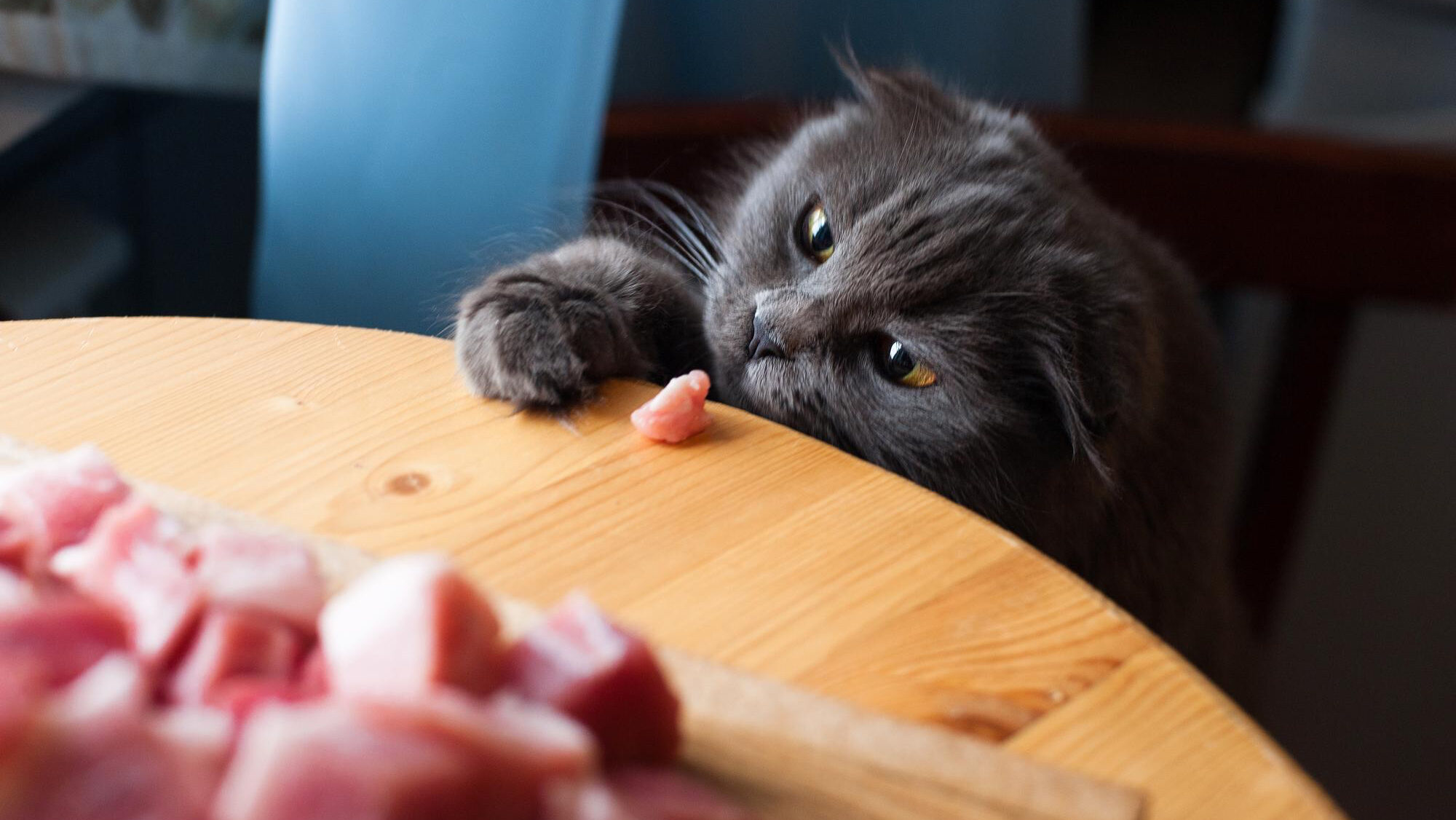
Protein Needs Across Life Stages
Protein requirements also shift depending on a cat’s age and life stage.
- Kittens – Rapid growth demands extremely high protein intake. Kittens need protein to develop muscles, bones, a strong immune system, and neurological function. Without enough, growth becomes stunted and health compromised.
- Adult Cats – Protein remains the primary nutrient for energy, muscle maintenance, and daily activity. Even healthy indoor cats who are less active still require high-quality protein in every meal.
- Senior Cats – Aging cats often experience reduced digestive efficiency and muscle loss. Studies show older cats actually need more protein, not less, to maintain muscle mass and prevent frailty. This contradicts outdated advice of feeding “light” or “low-protein” diets to seniors.
In all life stages, the quality of protein — especially its amino acid balance — matters just as much as the quantity.
The Bottom Line
For cats, protein isn’t just important — it’s essential to survival and health. They need the right amino acids in the right amounts every single day, far more than dogs or humans. Plant proteins cannot fill the gap; only meat-based proteins provide the nutrients cats require.
A high-protein, meat-based diet supports energy, strong muscles, a shiny coat, sharp vision, reproduction, and overall well-being. When choosing food for your cat, always ensure that real meat is listed as the first ingredient, and avoid fillers that add calories without adding value.
Because at the end of the day, a healthy cat is a happy cat — and protein is the key!

Author: Ana Vlahovic
Cat Breeder, Cat Nutritionist, TICA longtime member


















































































